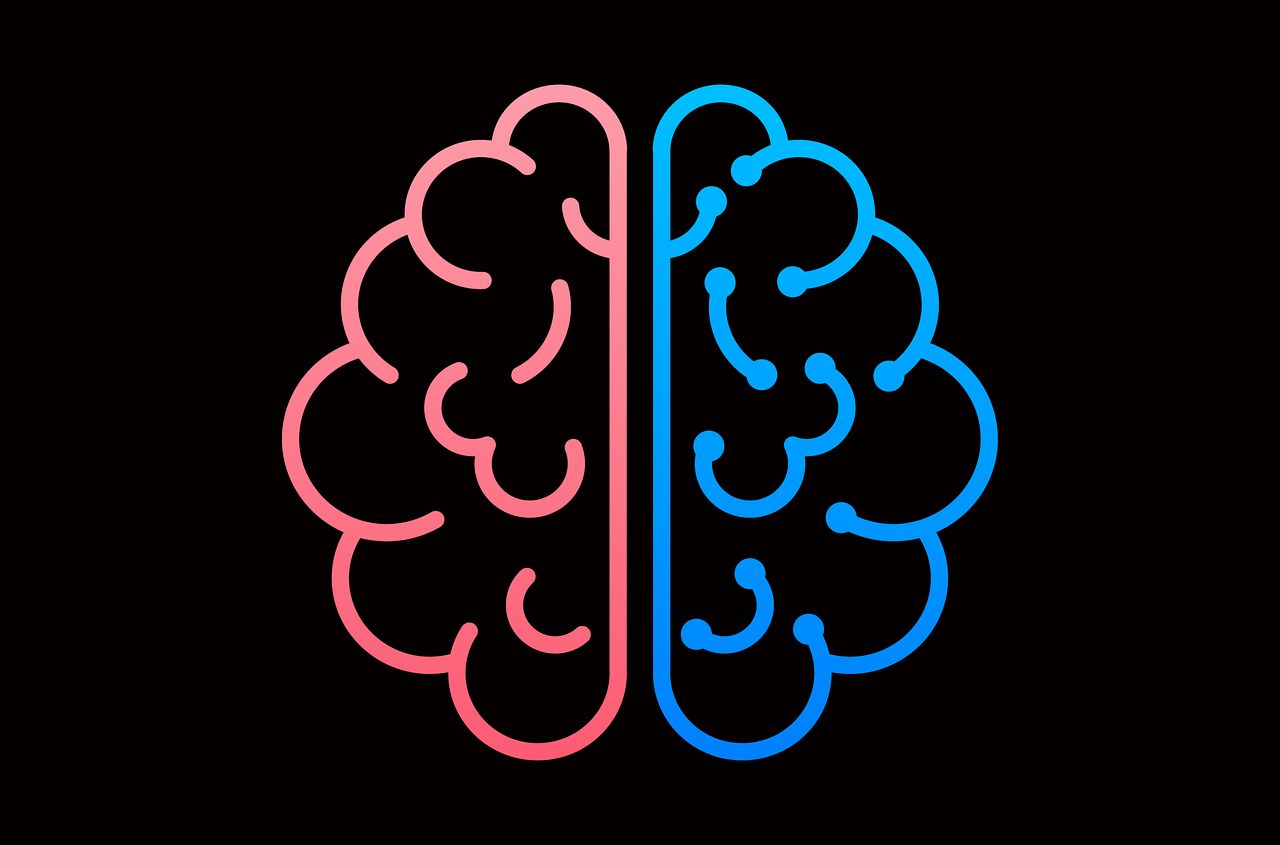The mental health of Australians has become a topic of growing concern in recent years. With an increasing number of people experiencing mental health issues, it is crucial to understand the statistics behind this trend. This article will delve into the latest Australian Mental Health Illness Statistics, providing insights into the prevalence of various mental disorders, differences between men and women’s mental health, and the impact of cultural and linguistic factors on mental health service usage. By examining these factors, we can better understand the current state of mental health in Australia and work towards improving the mental wellbeing of all Australians.
1. Prevalence of Mental Health Disorders in Australia
1.1 Lifetime Prevalence
A recent National Study of Mental Health and Wellbeing revealed that over two in five Australians aged 16-85 years (43.7% or 8.6 million people) had experienced a mental disorder at some time in their life. This significant number highlights the widespread nature of mental health issues in the Australian population.
1.2 12-Month Prevalence
The same study also found that one in five Australians (21.4% or 4.2 million people) had a mental disorder within the past 12 months. Anxiety was the most common group of 12-month mental disorders, affecting 16.8% or 3.3 million people. These statistics underscore the importance of addressing mental health concerns in Australia promptly and effectively.
2. Mental Health Illness Statistics by Age
2.1 Young Australians
Mental health issues are particularly prevalent among young Australians. Almost two in five people (39.6%) aged 16-24 years had experienced a 12-month mental disorder. This alarming statistic highlights the urgent need for effective intervention and support services for young people struggling with mental health issues.
2.2 Older Australians
Although mental health issues are more common among younger Australians, older Australians are not immune to these challenges. Mental health disorders can affect individuals across all age groups, and it is essential to recognize the unique needs of older adults when it comes to mental health support and treatment.
3. Mental Health Illness Statistics by Gender
3.1 Women’s Mental Health
Women and men experience mental health issues differently, and understanding these differences is vital in providing appropriate support and care. In general, women are more likely to experience anxiety and depression, which may be influenced by various factors, such as hormonal changes, societal pressures, and experiences of trauma.
3.2 Men’s Mental Health
Men, on the other hand, are more likely to experience substance abuse disorders and are at a higher risk of suicide. Factors such as societal expectations and stigma surrounding mental health may contribute to these trends. It is crucial to address the unique challenges faced by men when it comes to mental health and ensure that support services cater to their specific needs.
4. Mental Health Illness Statistics by Cultural and Linguistic Background
4.1 Use of Mental Health Services
Cultural and linguistic factors can significantly impact an individual’s willingness and ability to access mental health services. A study examining the cultural and linguistic characteristics of people using subsidised mental health services and prescription medications found that individuals from diverse backgrounds may face unique barriers when seeking mental health support.
4.2 Addressing Cultural and Linguistic Barriers
To ensure that all Australians, regardless of their cultural or linguistic background, can access the mental health support they need, it is vital to address these barriers. This may involve providing culturally sensitive services, offering translation services, and increasing awareness of mental health issues within different cultural communities.
5. Mental Health Illness Statistics and Housing Circumstances
5.1 Housing Circumstances and Mental Health Service Usage
Housing circumstances can significantly impact an individual’s mental health and their ability to access mental health services. A study exploring the housing circumstances of people using subsidised mental health-related services and prescription medications found that individuals experiencing housing instability may be more likely to require mental health support.
5.2 Supporting Individuals with Unstable Housing
Addressing housing instability and providing appropriate support for individuals experiencing homelessness is crucial in improving mental health outcomes. By ensuring that those in need have access to stable housing, we can better support their mental health and overall wellbeing.
6. Mental Health Illness Statistics and Experiences of Homelessness
6.1 Mental Health and Homelessness
Mental health issues can often contribute to or exacerbate experiences of homelessness. A study examining the mental health and experiences of homelessness found that individuals with mental health conditions were more likely to have experienced homelessness in the past.
6.2 Supporting Individuals Experiencing Homelessness
To address the complex relationship between mental health and homelessness, it is essential to provide comprehensive support services that address both mental health issues and housing instability. By tackling these issues simultaneously, we can better support individuals experiencing homelessness and improve their mental health outcomes.
7. Patterns of Use of Mental Health Services and Prescription Medications
7.1 Usage Patterns
Understanding patterns of mental health service usage and prescription medication can help inform the development of targeted mental health support programs. An analysis of the patterns of use of MBS subsidised mental health-related services and PBS subsidised mental health-related medications in 2011 revealed valuable insights into how Australians access mental health support.
7.2 Informing Mental Health Support Development
By examining these usage patterns, mental health professionals can better understand the unique needs of different population groups and develop targeted support services to address these needs effectively.
8. The Importance of Mental Health Awareness and Education
8.1 Raising Awareness
Raising awareness of mental health issues is crucial in breaking down stigma and encouraging individuals to seek the support they need. By promoting mental health awareness, we can help individuals better understand their mental health and the importance of seeking help when needed.
8.2 Mental Health Education
Mental health education is also vital in equipping individuals with the knowledge and skills they need to manage their mental health effectively. By providing mental health education in schools, workplaces, and community settings, we can empower individuals to take control of their mental wellbeing and seek help when necessary.
9. The Role of Mental Health Professionals
9.1 Supporting Individuals with Mental Health Issues
Mental health professionals play a crucial role in supporting individuals experiencing mental health issues. By providing expert guidance, diagnosis, and treatment, mental health professionals can help individuals overcome their mental health challenges and improve their overall quality of life.
9.2 Advocating for Better Mental Health Services
Mental health professionals also have a responsibility to advocate for better mental health services and support programs. By highlighting the needs of individuals experiencing mental health issues and pushing for improved services, mental health professionals can help drive positive change in the mental health landscape in Australia.
10. Conclusion
Mental health is a critical issue affecting millions of Australians. By examining the latest Australian Mental Health Illness Statistics, we can better understand the scope of mental health challenges faced by Australians and work towards developing targeted support services and programs to improve mental wellbeing across the population. By raising awareness, addressing barriers to accessing mental health services, and supporting the development of effective mental health programs, we can make a positive impact on the mental health of all Australians.
Access Mental Health Awareness Books from Amazon: Mental Health Books












